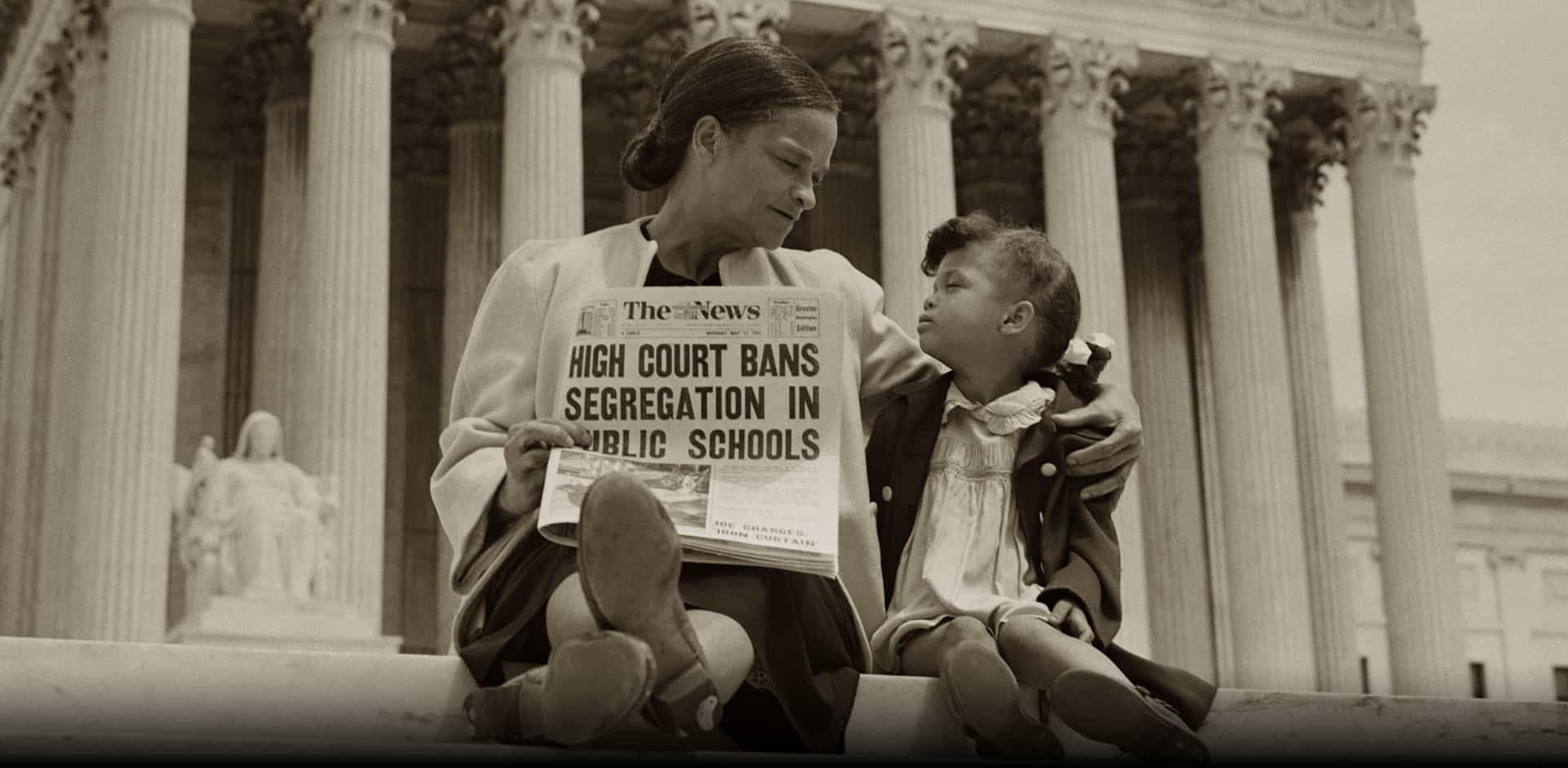Grassroots organizing in Baltimore is powerful. The city is the birthplace of the Black Lives Matter movement and has consequently spurred many other grassroots movements as well. Teachers, parents, community members and students themselves are very active in organizing around education. They come together through neighborhoods, religious affiliation and shared motivation to fulfill the half-a-century-old promise of Brown v. Board of Education.
Baltimore’s schools remain exceptionally segregated despite the decades that have passed since racial segregation in schools was ruled unconstitutional. The city itself is deeply segregated from neighborhood to neighborhood and school to school. It now finds itself at the forefront of the fight against racial inequality generally and in the context of education in particular. Due to the extreme segregation of communities and neighborhoods, Baltimore presents a stark example of the continued presence and consequences of educational segregation. Segregation is complex to combat due to its intersectional nature. The issue is inherently intertwined with poverty, housing, culture, gender, etc. Therefore, while

https://people.howstuffworks.com/black-lives-matter-movement-organization-structure.htm
organizations have made strides towards educational equity through the better distribution of textbooks, additional learning support, and after school activities segregated neighborhood, high police activity and cultural isolation still remain potent barriers to tackling segregation head on.
Nationally, grassroots organizations working towards desegregation sees similar results. Organizing has intensified, however, the movement cannot be expedited fast enough to overcome the speed at which resegragation is occurring. While band-aid solutions come and go, such as busing and facility renovations, the root of the problem remains fairly untouched by governing bodies. A lot of work has been done, but there is a long road ahead.
